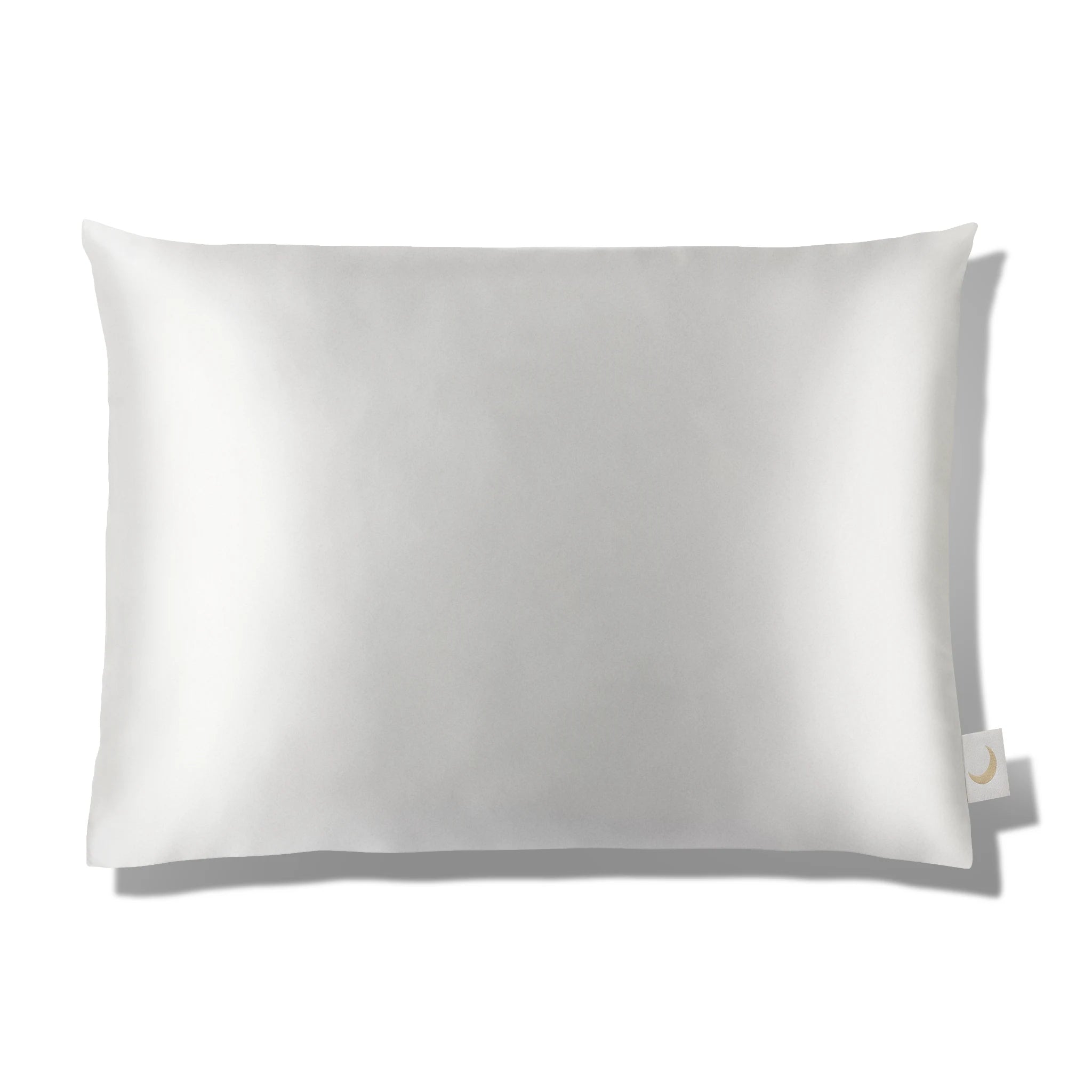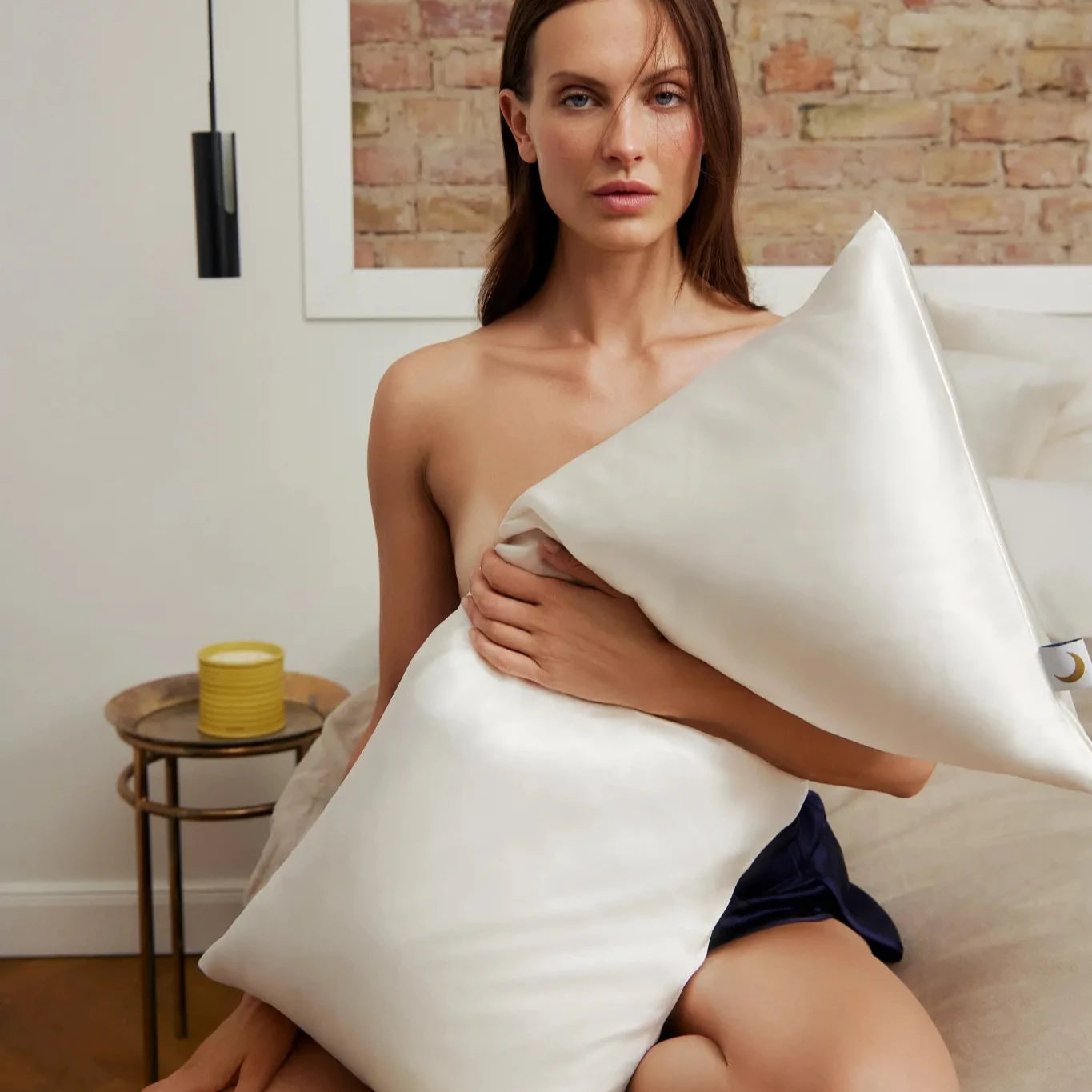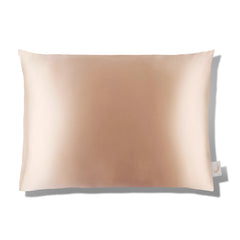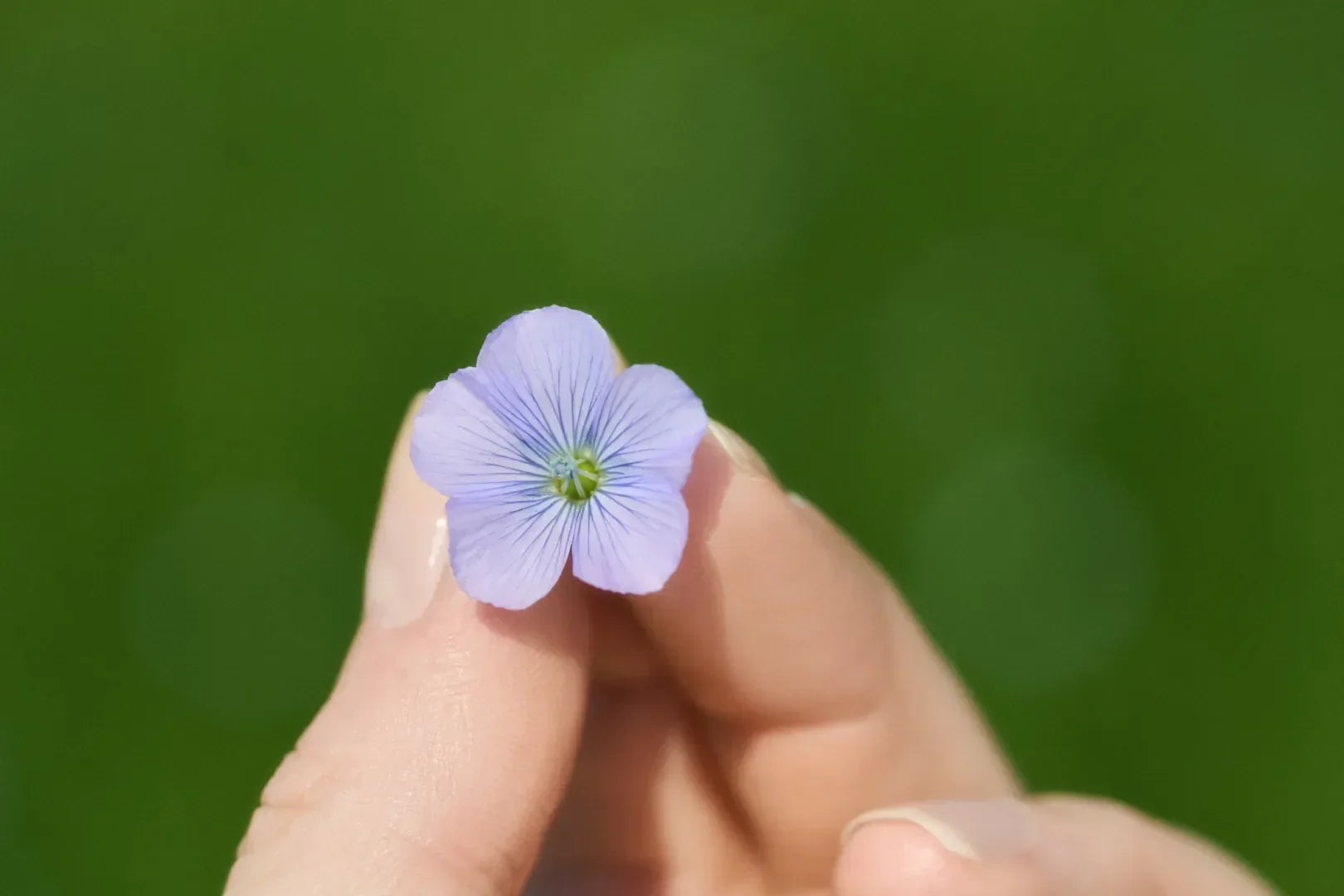Why Higher Quality Flax Requires Less Chemical Processing to Produce Linen
Higher quality flax generally requires less chemical processing to make linen. The quality of flax fiber depends on factors such as how well the flax is grown, harvested, and retted (a process in which the plant's pectins are broken down to release the fiber). Higher quality flax tends to have longer, stronger, and more uniform fibers, making it easier to process into linen fabric.
The world's finest flax grows in three regions of Europe: Flanders in Belgium, the Netherlands and Normandy in France. Their unique climates and soils produce the longest, strongest, yet finest and most uniform flax, resulting in minimally processed linen of unsurpassed quality.
How Higher Quality Flax Reduces Chemical Processing:
Retting process
Better-quality flax tends to undergo a more effective retting process (usually water or dew retting), resulting in less reliance on chemical retting
Less Bleaching
Higher quality flax often has fewer impurities or discolorations, which can reduce the need for intensive chemical bleaching.
Mechanical processing
Higher-quality, long-staple flax fibers can often be more easily separated and spun mechanically, reducing the need for chemical treatments to soften or prepare the fibers.
Fewer Impurities
Cleaner, more uniform flax means fewer chemicals are needed to remove unwanted plant material such as shives (woody parts of the flax plant), making the overall process less dependent on aggressive chemical treatments.
In summary, better flax quality typically results in a more sustainable and environmentally friendly linen production process, with less need for chemicals at various stages. Once again quality and sustainability go hand in hand.
Good Quality Linen – How to Tell?
We literally travelled the globe to find the best duvet material to match our silk pillowcases. After narrowing down the options it was clear that linen provides unmet quality in terms of temperature regulation, breathability and sustainability.
But there is wide variety when it comes to bedding quality. Distinguishing good quality linen from inferior linen involves looking at several key characteristics related to its texture, appearance and overall durability. Here are nine indicators that help to tell the difference between quality and lower-quality linens:
1. Fiber length and smoothness
Good quality: High-quality linen is made from long fibers, resulting in a smoother, stronger fabric. The surface should feel smooth and even without a lot of slubs (small knots or bumps).
Poor quality: Low-quality linen often contains shorter fibers, resulting in more slubs, an uneven texture and a rougher feel.
2. Thread count
Good quality: While linen has a lower thread count than cotton, good quality linen will still have a tight weave with fewer gaps between threads. The weave should feel strong and balanced without being overly coarse.
Poor quality: Poor quality linen often has a loose weave, which makes it more susceptible to fraying and tearing over time.
3. Luster and Color
Good quality: Good quality linen has a subtle, natural luster that reflects light softly. The color should be even and consistent throughout the fabric, whether it is naturally dyed or bleached.
Poor quality: Poor quality linen may look dull and flat, and the color may appear uneven or patchy. If it's poorly dyed, it may fade quickly in the wash.
4. Strength and Durability
Poor quality: Low-quality linen tends to deteriorate more quickly, especially after washing. It may lose its shape, tear easily, or feel limp after use.
5. Improves with age
Lower quality linen: May not age as gracefully, becoming thinner, losing shape, or developing weak spots. Instead of softening and improving, it may deteriorate more quickly with repeated washing.
6. Absorbency and Breathability
Good quality: Linen is naturally breathable and highly absorbent, making it feel cool in warm weather and warm in cooler temperatures. Good quality linen should feel breathable and wick moisture away from the body.
7. Weight
Good Quality: High quality linen typically has a consistent weight that feels substantial but not overly heavy. Linen can come in different weights (light, medium, heavy), but good linen will maintain a balance between weight and breathability.
8. Price and Provenance
Good Quality: High-quality linen is often more expensive due to its labor-intensive production process, especially if it's made in regions known for good flax farming, such as Belgium, France, or Netherlands.
9. Pilling and wrinkling
Good quality: Good linen will wrinkle, but in a way that looks more charming and natural. It does not pill easily because the long fibers resist this problem.
10.
Good quality: High quality linen carries certifications such as European Flax® or Master of Linen®, which verify that the linen meets high standards of environmental impact, sustainability and quality.
These are ten factors by which we determine the quality of linen, whether for bed linen or clothing. Linen makes it particularly clear that a high quality raw material not only guarantees a high product quality but is also the sustainable choice as it requires less chemical processing. Premium linen bedding can be an investment that pays off in the long run with better quality, better feel, less environmental impact and longevity.




















